Themes and projects
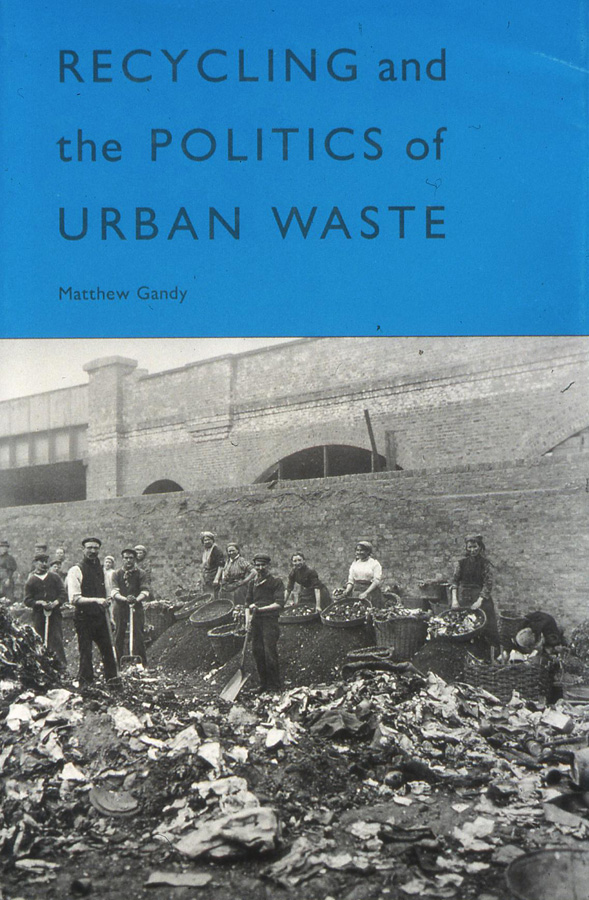 My PhD at the London School of Economics (1989-1992) involved a comparative analysis of urban environmental policy in Britain and Germany from which I published a book Recycling and the politics of urban waste (Earthscan / St Martin’s Press, 1994). I am slightly embarrassed by this book now because of its rather dry and technical prose but I don't think my overall conclusions were wrong: market-led environmental management leads towards profitable "end-of-pipe" solutions that do not tackle the underlying causes of environmental destruction. The active role of government is pivotal through legislation and regulation but the experience of the nineteenth-century city warns us that things have to get really bad before political and economic elites can be forced to act against their own perceived self interest. Yet "the government" - the state in other words - is not the whole story: it can sometimes be an agent of democratic will for progressive politics but its precise role is nonetheless ambivalent. Without a vibrant civil society and an active public sphere the state can itself become part of the nexus of opposing forces to the creation of a better society.
My PhD at the London School of Economics (1989-1992) involved a comparative analysis of urban environmental policy in Britain and Germany from which I published a book Recycling and the politics of urban waste (Earthscan / St Martin’s Press, 1994). I am slightly embarrassed by this book now because of its rather dry and technical prose but I don't think my overall conclusions were wrong: market-led environmental management leads towards profitable "end-of-pipe" solutions that do not tackle the underlying causes of environmental destruction. The active role of government is pivotal through legislation and regulation but the experience of the nineteenth-century city warns us that things have to get really bad before political and economic elites can be forced to act against their own perceived self interest. Yet "the government" - the state in other words - is not the whole story: it can sometimes be an agent of democratic will for progressive politics but its precise role is nonetheless ambivalent. Without a vibrant civil society and an active public sphere the state can itself become part of the nexus of opposing forces to the creation of a better society.
There are three main themes I am currently working on: urban metabolism (how cities function and the ecological dynamics of urban landscapes); cyborg urbanization (how our bodies are connected to urban space through ever more complex technologies networks); and cinematic landscapes (howcities and landscapes are represented in the visual arts and especially moving images). These themes often overlap but they share an innate interdisciplinarity: a single discipline such as anthropology or geography cannot advance our understanding very far without intersecting with other fields of knowledge.
 i) Urban metabolism. This area of work has involved research into the development of sanitation, urban water supply and urban environmental politics in Britain, France, Germany and the United States. A key outcome of this work is the book Concrete and clay: reworking nature in New York City (The MIT Press, 2002) which examines five interrelated aspects to New York’s urban environment: the building of a modern water supply system; the creation and meaning of public space; the construction of landscaped roads; the grassroots environmental politics of the ghetto; and the contemporary politics of pollution.
i) Urban metabolism. This area of work has involved research into the development of sanitation, urban water supply and urban environmental politics in Britain, France, Germany and the United States. A key outcome of this work is the book Concrete and clay: reworking nature in New York City (The MIT Press, 2002) which examines five interrelated aspects to New York’s urban environment: the building of a modern water supply system; the creation and meaning of public space; the construction of landscaped roads; the grassroots environmental politics of the ghetto; and the contemporary politics of pollution.
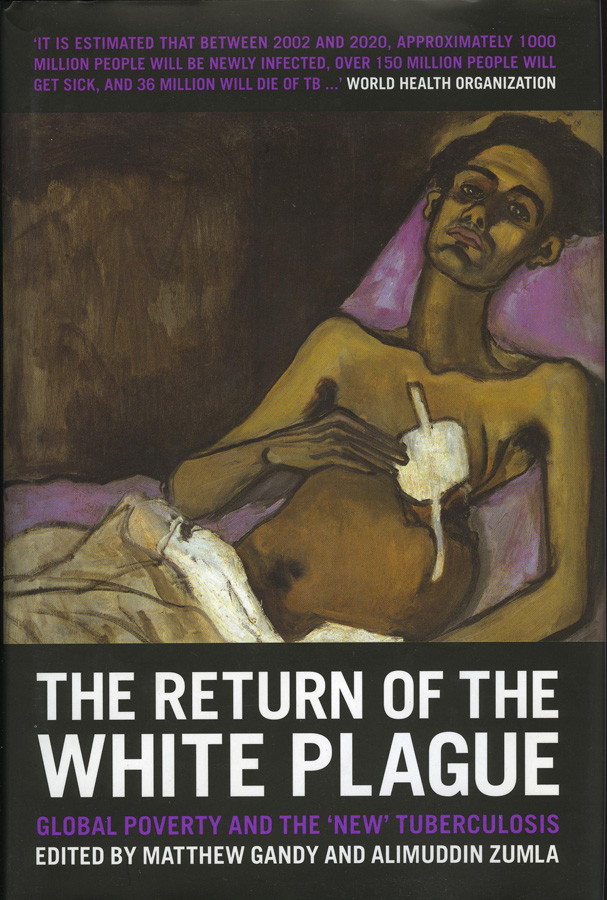 My interest in urbanization and public health has led to an edited book (with Ali Zumla) on the resurgence of disease entitled The return of the White Plague: global poverty and the ‘new’ tuberculosis (Verso, 2003). The book reveals how TB - which was considered on the verge of eradication in the early 1960s - has made a terrifying comeback driven by poverty, co-infection with HIV and the global breakdown in primary health care services. I am currently writing an essay on the persistence of malaria in sub-Saharan Africa which is linked to poverty, inadequate infrastructure and limits of an ostensibly scientific solution to what is at root a crisis of social justice and public policy.
My interest in urbanization and public health has led to an edited book (with Ali Zumla) on the resurgence of disease entitled The return of the White Plague: global poverty and the ‘new’ tuberculosis (Verso, 2003). The book reveals how TB - which was considered on the verge of eradication in the early 1960s - has made a terrifying comeback driven by poverty, co-infection with HIV and the global breakdown in primary health care services. I am currently writing an essay on the persistence of malaria in sub-Saharan Africa which is linked to poverty, inadequate infrastructure and limits of an ostensibly scientific solution to what is at root a crisis of social justice and public policy.
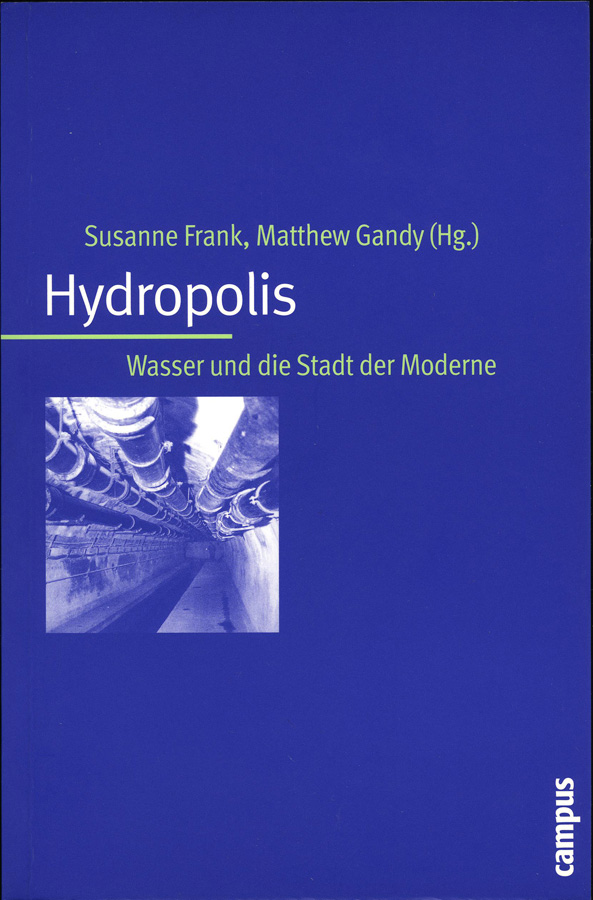 Water has been a recurring element in my studies of urban infrastructure and has led to an edited book (with Susanne Frank) entitled Hydropolis: Wasser und die Stadt der Moderne (Campus, 2006). These essays, which emerged from a workshop held in Berlin, explored the role of water in the development of the modern city and brought together a range of historical and contemporary perspectives.
Water has been a recurring element in my studies of urban infrastructure and has led to an edited book (with Susanne Frank) entitled Hydropolis: Wasser und die Stadt der Moderne (Campus, 2006). These essays, which emerged from a workshop held in Berlin, explored the role of water in the development of the modern city and brought together a range of historical and contemporary perspectives.
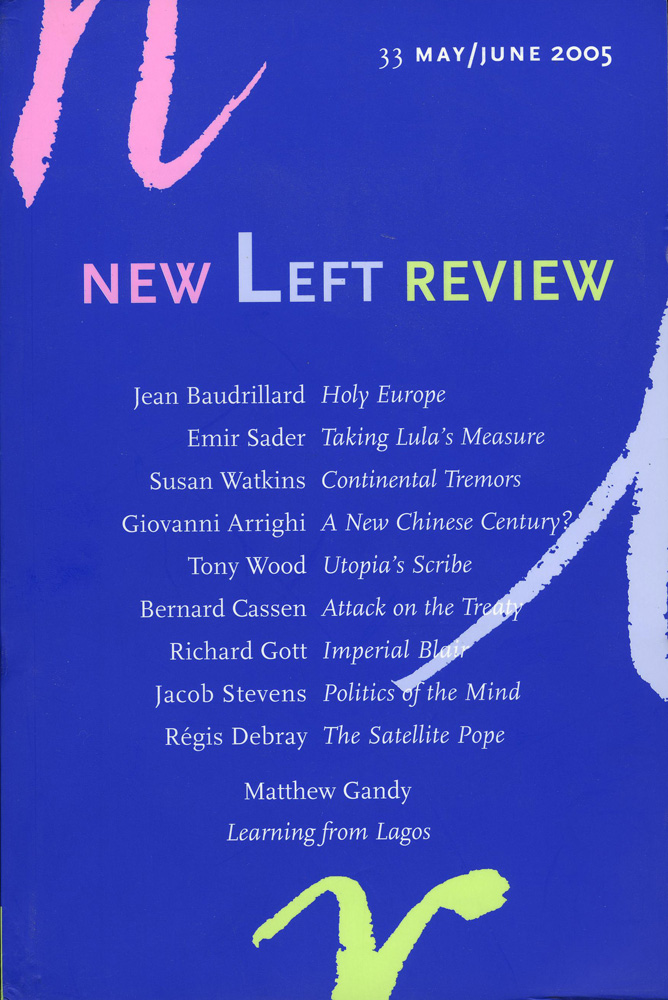 In Lagos I have been exploring the limits of recent architectural discourse on African urbanism and bringing historical and political factors into the analytical frame. My essay "Learning from Lagos" in New Left Review is a response to spurious claims about the "distinctiveness" of African cities and conceptions of chaos as an alternative to more socially just forms of modernity with functional infrastructure systems.
In Lagos I have been exploring the limits of recent architectural discourse on African urbanism and bringing historical and political factors into the analytical frame. My essay "Learning from Lagos" in New Left Review is a response to spurious claims about the "distinctiveness" of African cities and conceptions of chaos as an alternative to more socially just forms of modernity with functional infrastructure systems.
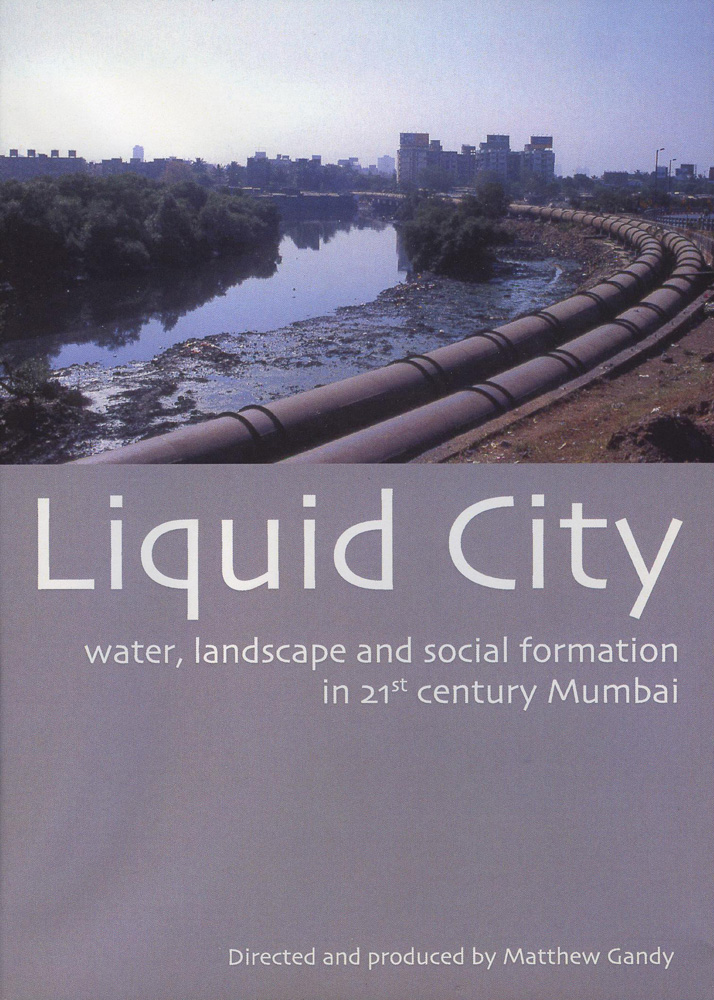 My research on urban infrastructure has involved the production of a documentary film Liquid City (2007) that explores the complexity of water politics in Bombay/Mumbai. The film examines issues ranging from the transfer of nearly 3,000 litres of water a day to the city from the jungles, lakes and mountains of the state of Maharashtra to debates over flooding, privatization and lack of access to basic services for the poor.
My research on urban infrastructure has involved the production of a documentary film Liquid City (2007) that explores the complexity of water politics in Bombay/Mumbai. The film examines issues ranging from the transfer of nearly 3,000 litres of water a day to the city from the jungles, lakes and mountains of the state of Maharashtra to debates over flooding, privatization and lack of access to basic services for the poor.
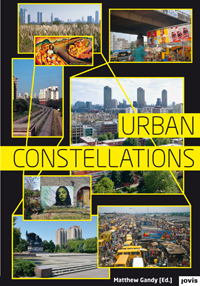 Over the summer of 2011 I collected together a range of work and ideas associated with the UCL Urban Laboratory in an edited collection entitled Urban Constellations (jovis, 2011). These small essays provide a snapshot of current urban debates ranging from the impact of economic instability to new kinds of interactions between nature and culture. The collection also features the work of several contemporary artists who have been exploring new ways of understanding urban spaces and landscapes.
Over the summer of 2011 I collected together a range of work and ideas associated with the UCL Urban Laboratory in an edited collection entitled Urban Constellations (jovis, 2011). These small essays provide a snapshot of current urban debates ranging from the impact of economic instability to new kinds of interactions between nature and culture. The collection also features the work of several contemporary artists who have been exploring new ways of understanding urban spaces and landscapes.
 My most recent book, The fabric of space (MIT Press, 2014), explores cultural histories of urban infrastructure in Paris, Berlin, Lagos, Mumbai, Los Angeles and London. The final chapter on flood risk in London seeks to counterpose ecological arguments for "managed flooding" with calls for a new battery of technocratic flood defences that may now be fiscally out of reach.
My most recent book, The fabric of space (MIT Press, 2014), explores cultural histories of urban infrastructure in Paris, Berlin, Lagos, Mumbai, Los Angeles and London. The final chapter on flood risk in London seeks to counterpose ecological arguments for "managed flooding" with calls for a new battery of technocratic flood defences that may now be fiscally out of reach.
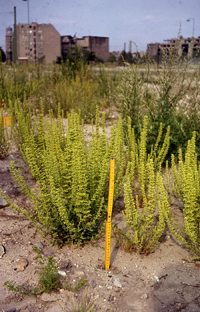 I am currently expanding my work on urban nature to include bio-diversity, and I had a fascinating time in early 2013 at the Institute of Ecology at the Technical University Berlin, where I looked at aesthetic and scientific aspects to urban wastelands.
I am currently expanding my work on urban nature to include bio-diversity, and I had a fascinating time in early 2013 at the Institute of Ecology at the Technical University Berlin, where I looked at aesthetic and scientific aspects to urban wastelands.
ii) Cyborg urbanization. My work on "cyborgs" has been both an exploration of the material experience of urban space - our reliance on complex technological networks for survival - but also an engagement with metaphors in urban discourse. I think our choice of words is important: too many contemporary urban metaphors are either warmed-over nineteenth-century concepts or a pot-pourri of the latest scientific ideas used for rhetorical effect. I want to use the cyborg concept as a way of exploring not only the vulnerability of the human body but also ways of re-thinking what is meant by the public realm as a shared set of interests. This is clearly both a theoretical and empirical task and I have recently produced the first draft of a book manuscript on this topic.
I have recently extended my cyborg work on sensory perception to sound, soundscapes and the cultural politics of music. An edited collection, compiled with the Swedish sound artist Benny Nilsen, entitled The Acoustic city, will be published in 2014.
iii) Cinematic landscapes. This strand of work has involved a close engagement with developments in film studies, art history, literary theory and related disciplines. I have been exploring cinematic landscapes in films such as Michelangelo Antonioni's Red Desert (1964), Todd Haynes's Safe (1995) and Werner Herzog's Lessons in Darkness (1992). I have also been writing essays on artists who work with nature and landscape such as Joseph Beuys, Gerhard Richter and Ulrike Mohr. One day I would like to write a book on Cinematic landscapes that links insights from art history and cultural geography to the study of film but which extends the European focus of some of this earlier work to cinematic developments in east Asia, Africa and elsewhere.